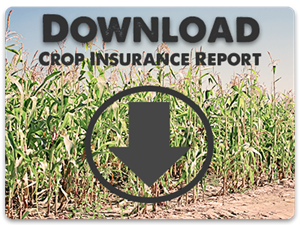Tight margins highlight the full value of crop insurance by providing protection at a time when income from every bushel is critical to a producer’s bottom line and pricing opportunities need to be locked-in, whether the grain has been harvested, continues to grow in the field or is seed in a bag.
That is why Farm Credit Services of America (FCSAmerica) has updated a first-of-its-kind study on the impact crop insurance on our nation’s farmers and their rural communities. In the intervening years, crop insurance has become the primary risk management tool for U.S. agriculture, replacing direct crop subsidies and ad hoc disaster programs.
“It would be foolish to invest in land, machinery, fertilizer, seed, fuel, etc., without the protection of crop insurance,” said one customer. “And you have to be prepared to lock in a profit when you can. Crop insurance is the risk management tool that helps you do that.”
It’s little wonder, then, that in 2015 (RMA’s most recent complete crop year), farmers invested more than $3.7 billion to buy more than 1.2 million crop insurance policies covering 298 million acres – more than 90 percent of all the acres planted to principal crops.
Read our full report to learn why crop insurance is vital to America’s food security and why the public-private partnership model is a rational model.


